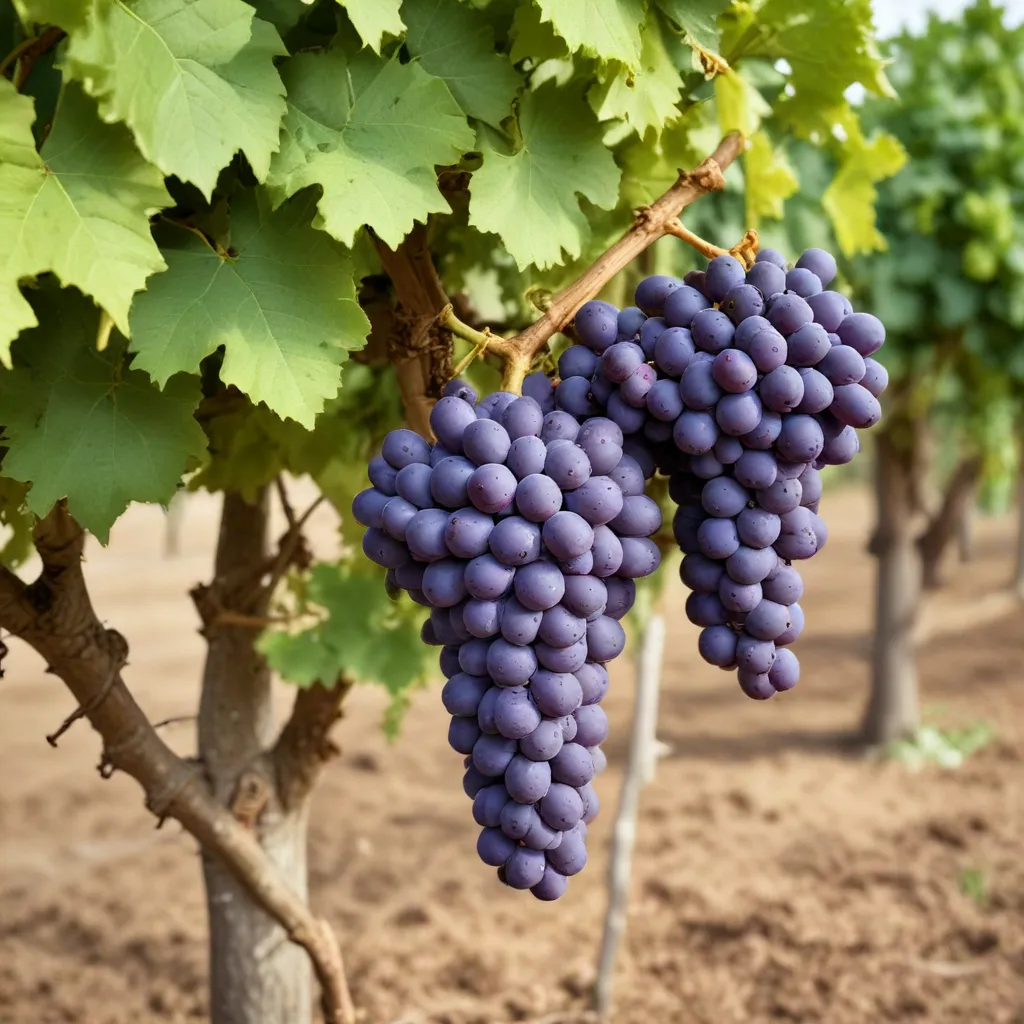
The world of wine is vast and ever-evolving, with each region offering a tapestry of flavors, aromas, and textures. While the classics like Cabernet Sauvignon and Chardonnay have long been celebrated, there is a growing appreciation for the unique and often unexpected grape varietals that are capturing the hearts and palates of wine enthusiasts.
Grape Diversity
In an industry dominated by well-known varietals, winemakers are increasingly turning their attention to rare and underappreciated grapes. These lesser-known cultivars not only bring a fresh perspective to the wine world but also offer a glimpse into the rich diversity of the vine.
One such example is the Marquette grape, a cold-hardy red variety that thrives in the challenging climates of places like New Hampshire. Crafted by local vintners, Marquette wines showcase a bold, complex flavor profile that is a testament to the resilience and adaptability of this grape. Similarly, the La Crescent white varietal, also well-suited to New Hampshire’s climate, produces crisp, aromatic wines that capture the essence of the region’s terroir.
Beyond rediscovering heritage grapes, winemakers are also exploring experimental blends that push the boundaries of conventional winemaking. By combining unexpected grape varieties, they are creating harmonious and thought-provoking wines that challenge our preconceptions about what a particular wine “should” taste like. These unconventional cuvées often display a striking complexity, with each grape contributing its unique characteristics to the final blend.
Unconventional Winemaking
The desire to embrace the unexpected extends beyond the grapes themselves, as winemakers are also exploring innovative viticulture and winemaking techniques. Sustainable practices, such as integrated pest management and a focus on soil health, are becoming increasingly common, reflecting a growing commitment to environmental stewardship.
In the winery, winemakers are experimenting with alternative fermentation methods, including the use of native yeasts and extended maceration periods. These techniques can result in wines with enhanced texture, depth, and flavor profiles that defy traditional norms.
Some vintners are even delving into the realm of biodynamic viticulture, treating the vineyard as a self-sustaining, holistic ecosystem. By eschewing synthetic inputs and embracing a more holistic approach to grape growing, these winemakers are crafting truly distinctive wines that capture the essence of their land.
Exploring Terroir
The unique character of these unexpected grape varietals and winemaking approaches is often inextricably linked to the notion of terroir – the confluence of climate, soil, and geography that imbues a wine with its distinctive personality.
In regions like New Hampshire, the diverse microclimates and soil compositions create a tapestry of grape-growing conditions that give rise to a wealth of wine styles. The cool, often unpredictable weather patterns and shorter growing seasons of the Granite State, for instance, have spurred local winemakers to embrace cold-hardy grapes that thrive in these challenging environments.
Similarly, the coastal regions of England have seen a surge in the production of exceptional sparkling wines, as the optimal growing conditions and the region’s unique chalk-based soils lend themselves to the creation of complex, elegant sparkling wines that rival their Champagne counterparts.
As winemakers continue to explore the nuances of their local terroirs, they are unearthing a wealth of regional grape specialties that offer wine lovers a deeper connection to the land. From the rugged, windswept vineyards of New Hampshire to the rolling hills of southern England, these unexpected wine regions are carving out their own distinct identities, each with a story to tell.
Sensory Experiences
The discovery of unique grape varietals and winemaking approaches has also ushered in a new era of sensory exploration for wine enthusiasts. These unconventional wines often present unexpected flavor profiles, tantalizing the palate with nuanced aromas and textures that defy traditional categorization.
For example, the Cayuga White from Flag Hill Winery in New Hampshire, crafted from a grape that thrives in the state’s cool climate, offers a bright, fruit-forward character with a striking acidity that sets it apart from more familiar white wine styles. Similarly, the Hattingley Valley sparkling wines from England exhibit a refined mousse and a delicate balance of citrus and mineral notes, showcasing the region’s distinct terroir.
These unexpected sensory experiences not only delight the senses but also open up new possibilities for food and wine pairings. By embracing the diversity of grape varietals, winemakers are creating versatile wines that can seamlessly complement a wide range of culinary delights, from the seasonal bounty of a local garden to the most sophisticated gastronomic creations.
Sustainability Initiatives
As the wine industry continues to evolve, a growing emphasis on sustainability and environmental stewardship has become a driving force behind many of these innovative winemaking practices. Winemakers are increasingly adopting regenerative viticulture techniques, such as cover cropping, composting, and minimal tillage, to enhance soil health and support biodiversity in their vineyards.
These sustainability initiatives not only contribute to the production of high-quality, distinctive wines but also reflect a deep commitment to preserving the natural resources that are essential to the industry’s long-term viability. By embracing organic and biodynamic farming methods, winemakers are not only crafting exceptional wines but also championing a more holistic, ecologically-minded approach to grape growing.
Moreover, this focus on sustainability extends to the wine consumer as well. As more people seek out authentic, locally-sourced products, there is a growing demand for transparency in winemaking and a desire to support small, independent producers who are leading the charge in sustainable viticulture and winemaking practices.
The journey of discovering unique grape varietals and unconventional winemaking techniques is a testament to the boundless creativity and resilience of the wine industry. From the rugged, wind-swept vineyards of New Hampshire to the chalk-infused slopes of southern England, these unexpected wine regions are challenging the status quo and offering wine lovers a fresh perspective on the art of viticulture and vinification. By embracing the unexpected, winemakers are not only crafting exceptional wines but also cultivating a more sustainable, community-driven future for the industry as a whole.
